On the Waterfront
EXAMINING LONG RANGE GOALS TO PROTECT AND PRESERVE THE NEWPORT HARBOR
By Matt Morrison
For a generation of youngsters who grew up around the Newport Harbor, there’s a legacy to perpetuate. OK, maybe they’re only considered youngsters on a geologic scale, yet together they’ve accumulated decades of passion for the fabulous waterway central to our community. The goal now is to preserve it for generations to come.
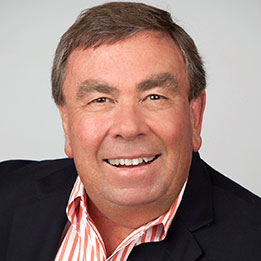
Chairman Dennis Durgan
We might compare it to fixing up a stately landmark home; the curb appeal is still magnificent but the bones need attention. Dennis Durgan can certainly relate to the analogy.
A residential real estate professional in the community for more than four decades, Durgan grew up on the harbor, beginning in the early 1960’s when it was a seasonal recreation destination. He learned to sail here, then went on to crew in three America’s Cup competitions working with both Ted Turner and Dennis Connor. Now it’s a cause for the future, and not just his own.
“There are numerous issues the harbor has, and will continue to have, as we move forward. There’s more and more people that want to use it,” Durgan explains. “I used to call it the sandbox. Well, the sandbox is overflowing with kids that want to play.”
“With all of their toys…” chimes in Val Lyon, like Durgan, a board member of the Newport Harbor Foundation, established in 2019.
Ah yes, all the toys.
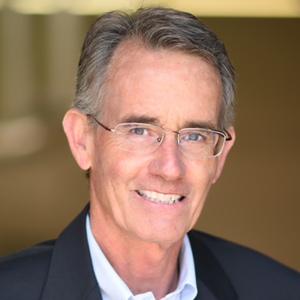
Board Member Edward “Val” Lyon
“Those damn Duffys!,” quips Marshall ‘Duffy’ Duffield, also a BBC member more noted as the inventor of the popular electric touring boat. Some three thousand Duffy boats are in use around local waterways. That’s in addition to all the sailboats, yachts, sport racing shells, paddleboards, kayaks – and the list goes on. The former Newport Beach Mayor has been a City Council member for eight years, and a key ally in the harbor improvement movement.
The long-time friends and lifelong denizens of Newport Beach are only the tip of an iceberg of fellow residents focusing energy and resources on important marine issues. They believe stewardship is best directed by those most concerned; homeowners, local businesses, and recreational users.
“The goal of the NHF is to educate the public on key issues and support City leadership in creating a comprehensive, locally contained Harbor Safety Department,” Lyon explains.
The foundation hosted more than 175 guests including government officials at its pandemic-delayed kickoff fundraiser at the Balboa Bay Resort last October. The event raised over a half million dollars to seed the NHF’s stated mission to study, research, and educate the general public regarding the maintenance and improvement of the Newport Harbor as a valuable environmental, cultural, and recreational asset. The further goal is to equip the local police and fire departments with patrol boats and other equipment so that the public safety component can be fully contained under City jurisdiction.
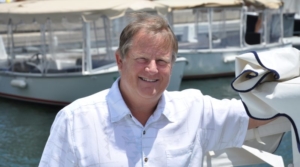
Mayor Marshall “Duffy” Duffield
“The harbor is this city’s number one asset and the maintenance of any asset takes proper resources, and time, and dedication,” Durgan explains. “It really is the center of Newport Beach. It isn’t Fashion Island and it’s not the peninsula. Everything revolves around the harbor.”
“Basically, we want to take it to the next level, since the City Council adopted a Harbor Department in 2018,” continues Durgan, who served as the City’s first Harbormaster. “We had no policies and procedures, at all. Because they hadn’t had anything on the harbor for four decades. It took a long time to develop that whole system. We got it up and running, and we had tons of derelict boats out there.”
Critical to the eco-health, the Newport Harbor hasn’t been formally dredged to its specified 25-foot depth since 1938. It’s a big part of why Duffield ran for City Council in the first place. He remembers a time when he regularly dug fresh clams from the shoreline. As he terms out of office later this year, Duffy’s managed to sway colleagues locally, and lobby a handful of times in Washington, DC, to help secure Newport Beach approximately $16 million in federal funding for the dredging project.
Since the 1970’s, public safety on the water has been handled by the county Sheriffs department.
“They’re in charge because the City doesn’t have any law enforcement or fire capability on the harbor,” Durgan explains. “This is one of the largest recreational harbors in the world, and we don’t have either. We have a fantastic fire department. If you have a fire at a restaurant or any facility, they can get to it by land but they don’t have anyway to get to it by water.”
With only praise for the OC Sheriff’s department, members of the NHF feel the recreational safety and business aspects around the harbor could best be served with dedicated local law enforcement that have closer ties to community. The County, in cooperation with the Coast Guard and federal Homeland Security Agency, would still oversee the broader criminal threats such as drug smuggling and human trafficking from a boundary extending three miles off the coast.
“If we can use our own police for security, and our own fire department for safety, those are key elements. At that point, we can say to the Sheriffs, ‘we got this covered’,” Durgan explains. “We don’t want them to tell us how to manage our harbor.”
For the past two decades, the Harbor Commission has served as an advisory panel to identify and remedy important issues on the waterway. Yet the slow grind of government operations has been an impediment. With the City’s newly-established Harbor Department, and citizen involvement like the Harbor Foundation, momentum is accelerating. Paul Blank was appointed the new Harbormaster a year ago.
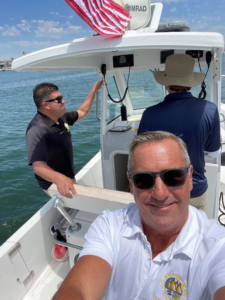
Harbormaster Paul Blank
A Newport Beach native, accomplished sailor and avid yachtsman, Blank previously served eight years on the Harbor Commission. A career IT professional and hotel proprietor, his leadership resume includes Rear Commodore of the Balboa Yacht Club.
“I feel tremendously supported by my colleagues in city government. They are an incredibly impressive group of professionals,” Blank says, while admitting processes can be frustratingly slow. “The best decisions for the greater community are being made. It’s a matter of priorities. I’ve witnessed the healthy discussion and the healthy disagreements.”
The Harbor Department currently has three fulltime employees and another 19 part-time workers.
“We’re going to have all kinds of things that need attention,” Durgan points out. “With the foundation, I think we can help identify those things and make contributions to support the harbor. If people have the means to donate, it’s a good cause that will resonate for generations.”
The article was first published in the June, 2022 edition of Bay Window.


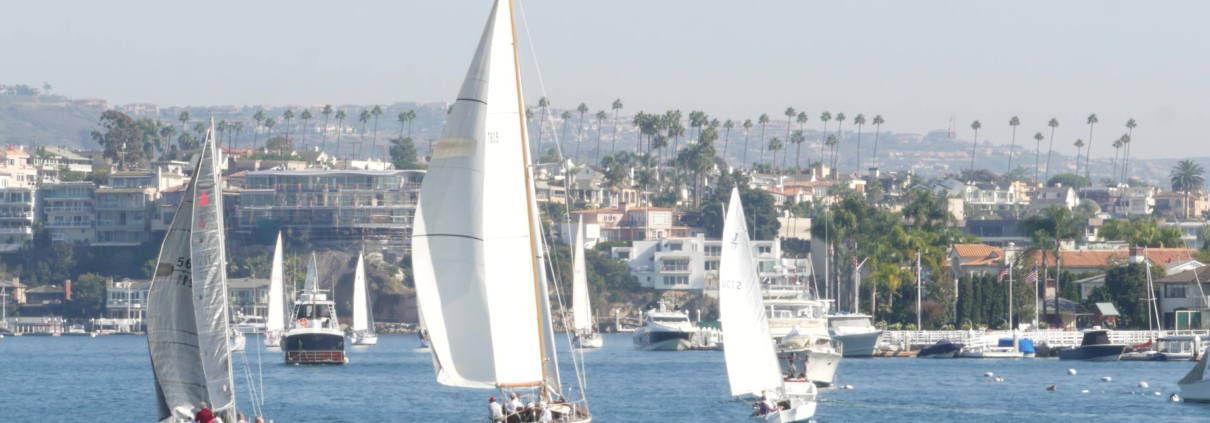
Share this entry